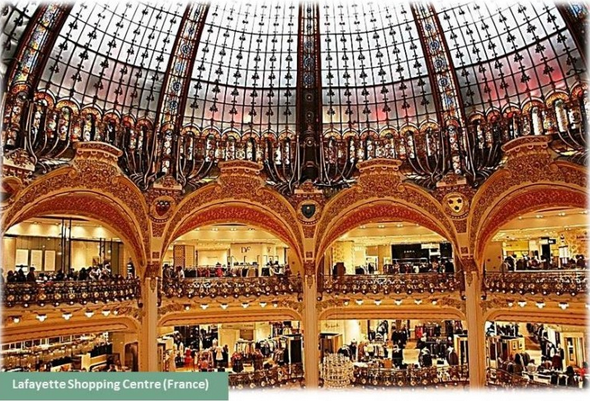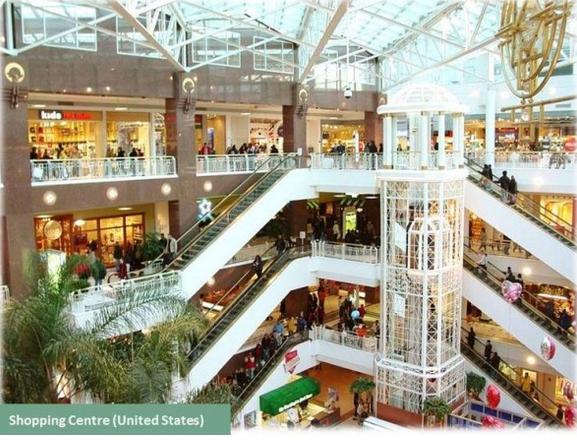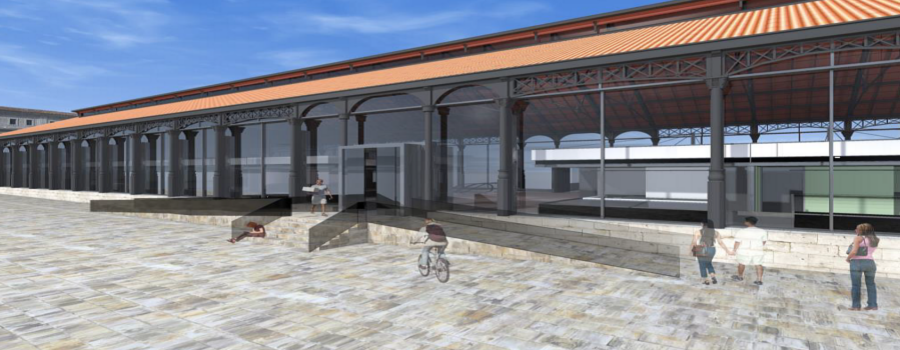
Shopping centres have been invented in the 1920’s in the United States and represent the modern version of a historical market place with their collection of independent retail stores, services, and parking area.
Over the whole of Europe there are thousands of retail outlets standing for almost 30% of the non-residential building stock, varying among other criteria in their functions, forms and sizes. Currently, more than 6 million companies are acting in the retail sector while around 30 million Europeans works in commerce.
New types of shopping centres emerge which meet public and retail needs, but the new types do not replace existing shopping formats, they instead add to the range of shopping facilities which already exist.
According to the International Council for Shopping centres (ICSC), a shopping centre is a scheme that is planned, built and managed as a single entity, comprising units and communal areas, with a minimum gross leasable area (GLA) of 5,000 square meters.

Shopping centres are sometimes perceived as icons of a consumerist society, because of their high energy demand, high CO2 emissions and waste. Therefore sustainability of the retail sector may significantly contribute to reach the long-term environmental and energy goals of the EU. Shopping centres are of particular interest due to their structural complexity, due to the high potential of energy savings and carbon emissions reduction, as well as due to their importance and influence in shopping tendencies and lifestyle.
While in the residential buildings, energy is mainly consumed by heating, domestic hot water and appliances, in the shopping centres, energy is used in a variety of ways, store lighting, ventilation, heating and air-conditioning, food refrigeration and others. However, the composition of the energy consumption varies from one retailer to another. Non-food retailers, have a different share of energy use compared to food retailers. For example, the electricity consumption of appliances in electronics stores is higher than in other kind of shops, which are more dependent on lighting, such as furniture or clothes shops.
The majority of European shopping centres are already built, but there is a still huge potential for energy savings, offering the possibility in many aspects to improve the technical systems, such as lighting and ventilation, or the building envelope, and monitoring systems. There are, however a number of major barriers to achieve the desired energy reductions and not all of these may be solved by the installation of new technical solutions. Pleasing customers is of primary importance in shopping centres, because customers provide the necessary profits, however customers are not demanding directly energy uses reductions in shopping centres, but demand among other things variety of products and low prices, access by public transport, parking and good location. Nevertheless, customer environmental awareness is increasing, which it is a very important factor to have the approval of the actions associated with energy efficiency by the customers and thus be a more positive factor when choosing where to shop.

There is currently a wide variety of conventional and innovative technologies and energy management systems, with which to renovate the shopping centres from an energy point of view. Thanks to this type of actions, a reduction in the energy consumption of the shopping centres and their corresponding greenhouse gas emissions will be achieved. The Energy Division of CARTIF, it is currently working on projects aimed at improving energy consumption in buildings, among which are shopping centres (CommONEnergy project), public buildings (BRICKER project) and residential and tertiary sector buildings (INSPIRE project). Through energy modelling and simulation tools, energy audits, instrumentation and control advance strategies, analysis and detailed studies on the incorporation of renewable energies, and our experience of over 15 years, we are able to reduce the economic and environmental cost of energy generation.
In summary, energy sustainability in commercial buildings is not only necessary for the environment, but provides added value to the products offered to potential customers.
- REHOUSE. Working towards accelerating the EU building renovation rate - 10 May 2024
- Energy efficiency and shopping centres - 29 March 2016
